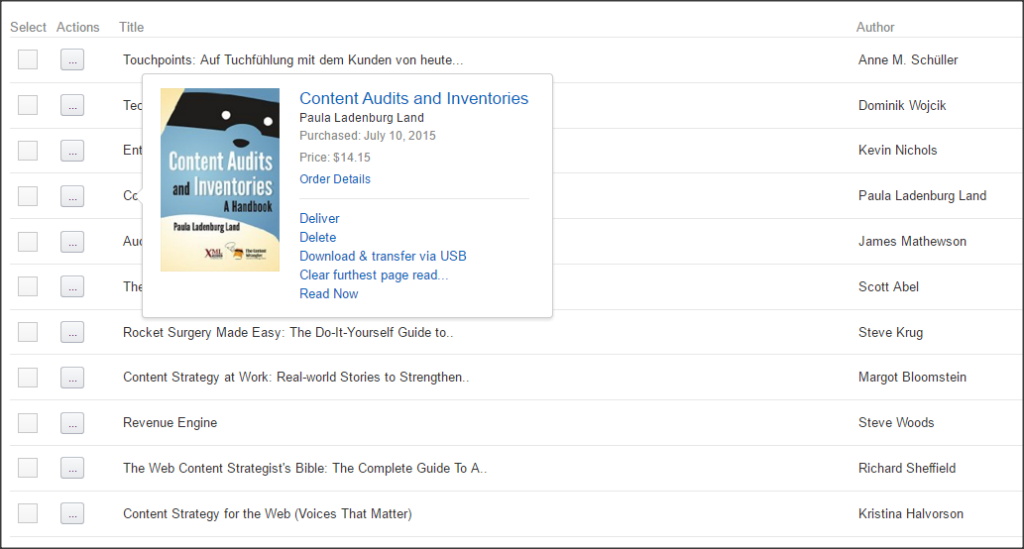I’m currently in my fourth semester of my Masters degree in Content Strategy at FH Joanneum. In our last semester we focus primarily on writing our thesis which will outline a Content Strategy for a business. Most of my classmates are writing about a project at their job and combine both work and studies, which in my opinion is the best way to learn and practice new processes.
The project for my thesis is based upon a structural change in some of our museum departments at Universalmuseum Joanneum. Technically this is the perfect time to create a Content Strategy. In terms of my paper though it proves to be rather challenging as I’m still awaiting the final decisions on the new structure. Without a general business direction, management can’t determine the business goals and in turn I can’t develop a strategy for communicating to our visitors.
So while other classmates are already sprinting towards the first deadline in June to submit their paper, I’m still standing on the sidelines eager to get started. In the meantime I’m reading up on respective literature. I read most of my books electronically. At first I wasn’t a fan of reading from a screen but I’ve really come to love the ability to highlight text and export my notes in Kindle. Besides, I can read anywhere on my phone, which makes it easier to stick my nose in a book, even if it’s only for 5 minutes.
Each semester, we write a final seminar paper to summarize what we studied during the semester. In our first introductory semester, I attempted to write a Content Strategy for our Museumsblog, and for the second semester paper I analyzed our website for SEO and User Experience, which resulted in our first budget for SEO ever. *SCORE!*
The third paper is already part of our thesis and should facilitate the strategy, so I chose to focus on a content inventory and audit. Most Content Strategy books deal with this subject more or less in detail, I particularly found Content Audits and Inventories by Paula Ladenburg Land very helpful. As for tools, I rely on Screaming Frog and CAT from Content Insight. Both tools help pull the necessary data from our website (URL, Content Type, Metadata, Publication date, Analytics data, etc.) in order to create an inventory.
The harder part is the offline inventory which requires me to interview our stakeholders and everyone who creates content online or offline. This is also the part I dread a little – there is so much more content available offline for my project and I wonder how to get a handle on it.
Once the inventory is complete, I map the collected content with the business goals (which in my case still need to be determined) in order to analyze the quality of our existing content. This audit is an important step to decide which content stays, needs to be revised or created, and what gets archived in order to cater to the needs of our online visitors.
So far I can create a partial inventory, but at this point I feel stuck – combining studies and work can help save time and create efficiency, but it can also be challenging when your ambitions don’t align with the pace of internal processes. The next deadline to submit the paper is in September, but it would be unrealistic to believe that’s going to happen, so I’m aiming for the third deadline in February next year (hopefully). We shall see!

